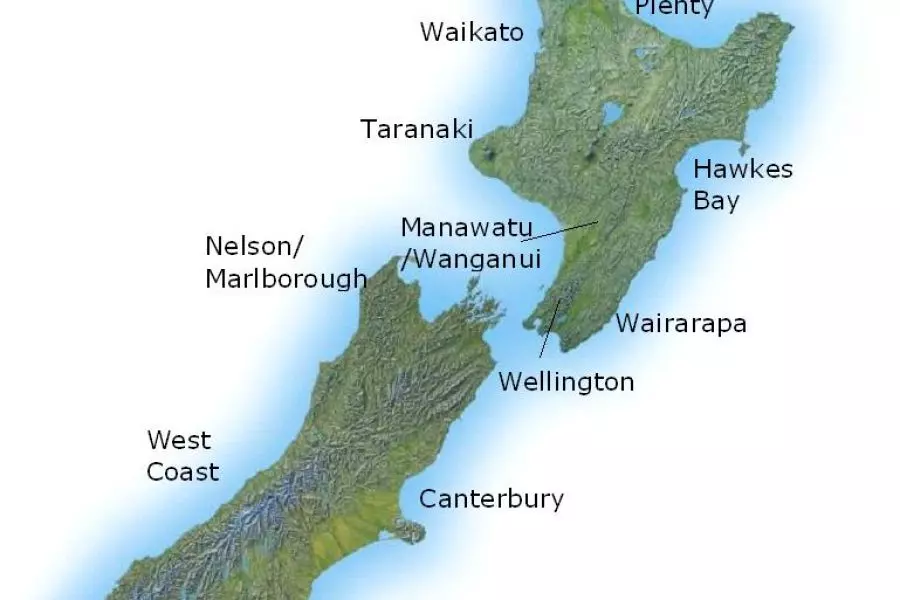News
Primed for future growth

Thursday 24th of November 2016
Not all housing markets are created equal. Put simply, areas which don’t have healthy local economies supported by growing populations are not a good bet to invest in.
Earlier this year, BNZ chief economist Tony Alexander even warned that buying low priced properties in areas which have rapidly decl...
Want to read the full article?
Click the button below to subscribe and will have unlimited access to full article and all other articles on the site.






![[The Wrap] Bye Bye Bayly](https://goodreturns.publit.io/file/c_fill,w_900,h_600/39f23ac1-f7c7-4854-b700-a150004ebbac.webp)


